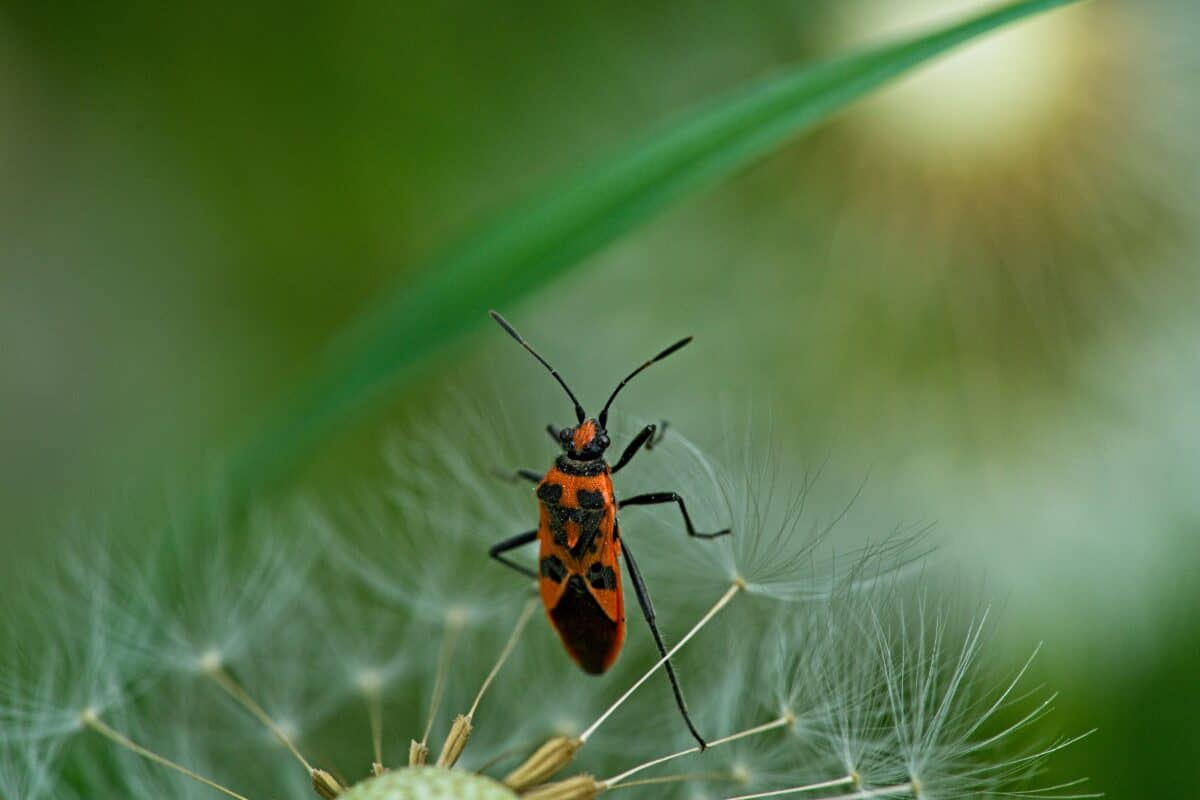Idaho residents have a new summer pest to worry about: the elm seed bug (Arocatus melanocephalus). These insects, about 6 mm (0.25 in) long, are swarming into homes across southwestern Idaho, especially during hot months. While they don’t bite or destroy property, they arrive in large numbers and release a strong, unpleasant smell when crushed, similar to a stink bug but even muskier.
Many homeowners are noticing them clustering near windows, baseboards, and ceiling edges, especially in homes near elm trees. Pest control companies in the Boise area say calls have spiked.
Where Did These Bugs Come From?

Originally native to southern Europe, elm seed bugs have slowly made their way across the Atlantic. Idaho is the first U.S. state to confirm widespread infestations, though scientists suspect they may have been present in smaller numbers before going undetected.
Experts believe they were likely introduced through imported wood or packing materials, a common pathway for invasive species. With Idaho’s climate and widespread urban elm plantings, the conditions are ideal for the bugs to thrive.
Why They’re Invading Homes

There are two main reasons elm seed bugs are suddenly showing up indoors:
- Heat Avoidance: During peak summer, these bugs look for cooler spots. Unfortunately, that means air-conditioned homes.
- Elm Tree Proximity: Homes near American elm trees—especially older ones that drop lots of seeds—are more likely to be targeted. The bugs feed on elm seeds, and once that buffet runs dry outdoors, they start moving inside.
While they won’t chew through walls or furniture, the real problem is the sheer number that can gather indoors. Residents have reported dozens—sometimes hundreds—of bugs crawling along windowsills and doorframes.
How To Keep Elm Seed Bugs Out
Thankfully, you don’t need harsh chemicals to fight back. Prevention is mostly about exclusion and maintenance:
- Seal Entry Points: Walk around your home and check for cracks in the siding, gaps around doors and windows, damaged screens, and spaces around vents or pipes. Use caulk, mesh, or weather-stripping to block any entry.
- Tidy Up the Yard: Trim back elm tree branches that touch your house and clean up mulch or seed debris near the foundation to make your yard less inviting to bugs.
- Vacuum, Don’t Crush: If bugs get inside, don’t squash them—the odor is strong. Instead, vacuum them up and empty the contents outside right away.
Are They a Threat?
Health-wise, no. Elm seed bugs don’t bite, sting, or transmit disease. But they’re still a nuisance. Their smell can contaminate enclosed areas like closets, and in rare cases, they’ve been known to fly short distances indoors, startling residents.
The real threat is ecological. Like many invasives, they may crowd out native seed-feeding bugs, though their long-term impact is still being studied.
What To Do If You Spot Them
If you suspect elm seed bugs are becoming common in your area:
- Report the sighting to your local extension office or university entomology department.
- Take clear photos and note the number, location, and time of day.
- Consider professional help if swarms persist despite sealing and cleanup efforts.
Final Takeaway
Elm seed bugs might not sting or bite, but their numbers and stink are enough to ruin a summer afternoon indoors. These tiny invaders are here to stay—for now—but with good sealing, smart landscaping, and a vacuum on standby, you can keep your home bug-free and breathable.
- Texas Turtles Risk Lives for Love During Spring Mating Season - August 20, 2025
- Spider Bites Florida Woman’s Face While Driving - August 10, 2025
- Bride Surprises Groom With Rescued Animals at Bachelor Party - August 7, 2025

